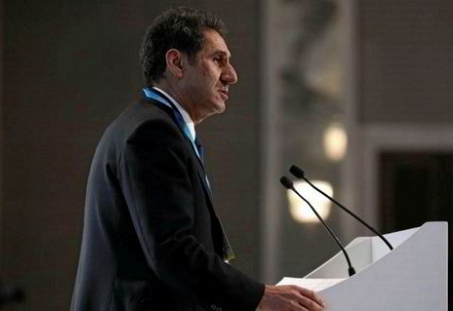
The share of renewables in the global energy system needs to more than double by the end of the 2020s — with $10trn of fossil-fuel investment redirected — if the world is to limit climate change to 1.5C above pre-industrial levels, according to the International Renewable Energy Agency (Irena).
Renewable energy should supply 57% of global power by 2030, up from 26% today, requiring a fourfold increase in the speed of renewables growth, the agency explained at its annual assembly in Abu Dhabi.
This corresponds to an increase in installed capacity of 2.4TW today to 7.7TW by the end of the decade — including 2.84TW of solar and 2TW of wind (of which 228GW will be offshore), along with a 20% fall in fossil-fuel power generation.
Annual renewables investment would need to rise from $329bn at the end of 2018 to $737bn by 2030 in order to meet the climate target.
Irena points out that almost $10trn of non-renewables energy investments are planned this decade, increasing the likelihood of runaway climate change, not to mention stranded assets.
Increased investment in renewables will “bring significant external cost savings, including minimising significant losses caused by climate change as a result of inaction”, said Irena, with annual savings of $1.6trn-3.7trn by 2030.
“By the end of this decade, solar PV and wind costs may consistently outcompete traditional energy.”
The world’s energy system needs to be transformed at “unparalleled speed”, said Irena director-general Francesco La Camera.
“We know it is possible, but we must all move faster,” he explained.
“To ensure this happens, we must urgently address the need for stronger enabling policies and a significant increase in investment over the next ten years. Renewables… should be central to energy and economic planning all over the world.”